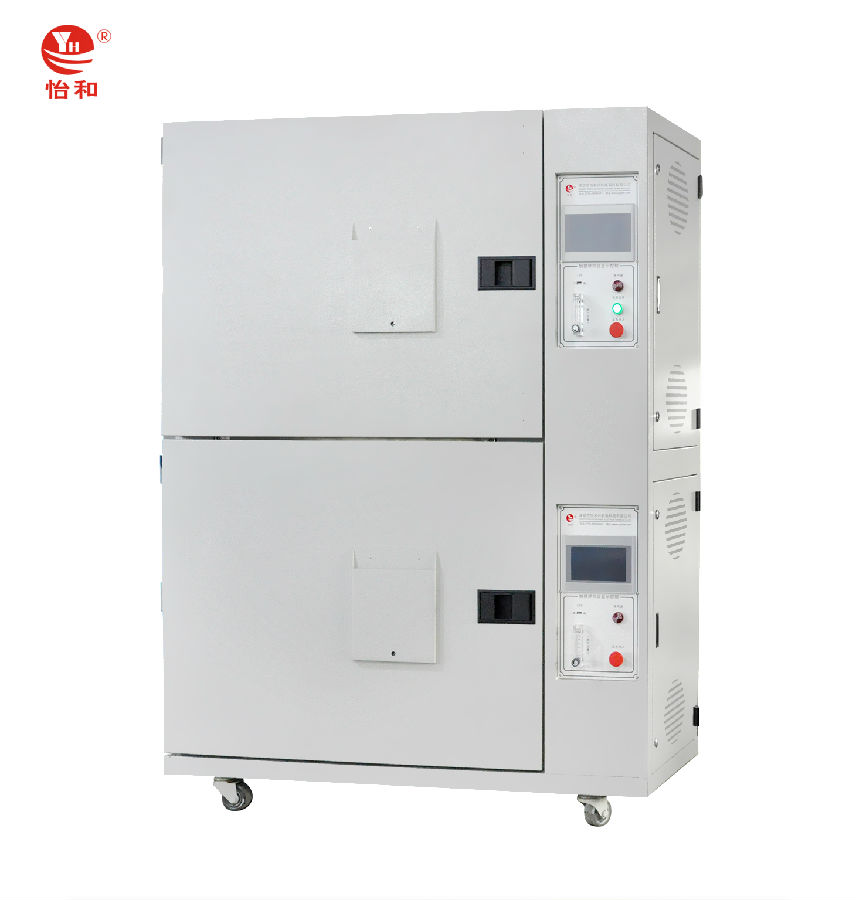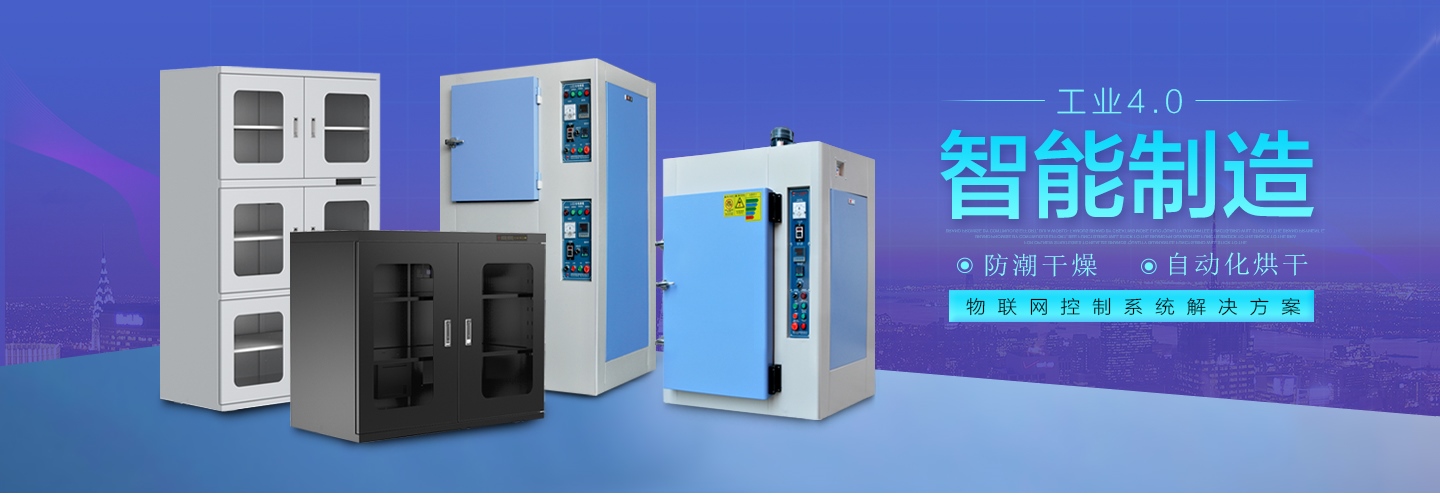In the semiconductor wafer manufacturing process, the wafer usually needs to be placed in an oven for baking. One is to dry the ink after the wafer is printed with ink, and the other is to test the high-temperature performance, that is, to test whether the wafer product functions normally under a specific high-temperature state. So, what kind of one should be used for curing electronic semiconductor components?OvenIs it more appropriate?
Recommended for the development of YihexingSemiconductor wafer oven. It can perform front-end semiconductor functions such as wafer-level burn-in and magnetic annealing, as well as assembly/wafer-level encapsulation functions (such as die bond curing, stability and burn-in tests, and thermal shock) to meet its annealing, drying and Thermal decomposition requirements also meet the requirements of clean process, low oxidation, and efficient curing of adhesives and polymers in large-scale semiconductor packaging and assembly production.Semiconductor ovenIt has the following characteristics:
1. High-performance insulation structure. From the inside to the outside, there are inner cavity, inner shell, ultra-fine glass fiber, air interlayer, and the inner tank has less heat loss. The inner tank outer box and door bladder mechanism is unique, which greatly reduces the heat transfer from the inner cavity.
2. The heat of the electric heater placed on the back of the box is discharged forward through the side air duct, and after the dried material is sucked in by the high-performance dedicated fan on the back, a reasonable air duct is formed, which can make the hot air fully convection and make the inside of the box. The temperature is even more limited.
3. Equipped with an automatic nitrogen filling device, which can be used for nitrogen filling and baking with the automatic opening and closing damper;
4. Newly developed touch screen operating system, with high-precision PID main controller, temperature control accuracy of ±0.1℃, automatic constant temperature. You can save recipes, view temperature curves, export temperature rise data, etc.;
5. Customization can be accepted according to usage requirements.

